(August 21, 2023) When you are digging into delicious idlis, did you realize that they have hundreds of tiny holes in them? Or when you are relishing a crisp dosa does it strike your mind that it has more than 5000 infinitesimally tiny holes that give it structure and form?
Imagine a self-taught artist spending hours and days painting these daily Indian foods onto canvases and transforming them into life-like art works? Hyper realism is the forte of artist TK Sarasvathy who lived across countries and places – she was born in Puducherry and lived in UAE and Singapore before leaving for the US in 2017 and she excels at re-creating Indian foods as part of her oeuvre.

Artist TK Sarasvathy.
She started dabbling with art in 2008 when a visit to the Louvre museum in Paris triggered a passion for art and has never looked back since. The artist specializes in creating hyper realistic images of art on canvasses and her last solo exhibition at the Foley Gallery in Manhattan. Bhojan, showcased Indian food depicted in a hyperreal style to much acclaim.
Hooked To Hyper Realism
Drawing and scribbling on paper using pencil were always of interest to Sarasvathy but, she never took it seriously. Once, that changed she started working on canvases and exploring her art.
While searching for unique subjects, Google introduced her to hyperrealism. Various works from renowned artists in hyperrealism world and especially in food like burgers, desserts, fast foods as art attracted her and she realized that, Indian food was not explored in the milieu.
The artist shares, “This is where I started my journey to depict Indian food as hyper realistic art. To start my journey in hyper realism art world, I didn’t have any references or someone to lookup for help. Painting is all about colours and texture along with thoughts of artists shown on canvas. According to me, any food/cuisine and especially in Indian food, will have amazing textures and colors and this is the inspiration towards my work.”

Jalebi Painting by artist TK Sarasvathy.
Sarasvathy studied the art of hyper real greats including Tjalf Sparnasy and Mary Ellen Johnson, to understand its intricacies and she them calls her inspiration. She adds, “I love their creations and they have influenced me a lot. This is due to the minutely detailed work depicting colour and texture of food.”
Her works are a treat to behold. From idli, sambar and coconut chutney to samosa, naan, gulab jamun, mango lassi and chole bhatura she has created works of well-known Indian dishes covering from North to South, using the medium, Oil on Linen, as her canvas as it helps to get a hyper realistic texture because of its smoothness and its great quality.
Food Fables
Every single painting takes Sarasvathy months and each work is a challenge in itself. This difficulty is not with the dimensions of the food or dish or even color, but lies in bringing those intricacies of details at every centimeter of the canvas to life.
“It took me close to 6 months to paint Idli, Sambar and Chutney and this was due to complexity of idli texture with tiny holes around and being the first painting to be painted in this genre. While eating idli all my life, I never realized it has so much details and hundreds of tiny holes. Now, I cherish eating idli more, knowing its value.” she laughs.
Similarly, when she worked on dosa which had 5000+ circles or on Gulab Jamun, she had to paint 1000+ tiny circles on seven Gulab Jamuns depicted in the paintings took her months. Every painting takes two to three months and surely is very demanding.
These challenges are something the artist relishes. “It is not easy to paint food as there is a very detailed output covering colour, texture, shape of the dish, condiments, magnitude and depth of vegetables among others.” she shares before adding, “When we paint a food/dish, all eyes that are going to watch it, have a pre-determined picture of that food/dish in their mind. As an artist I have to ensure, the picture of that dish in end viewers mind is matching with my work or my art replaces that picture in his brain.”
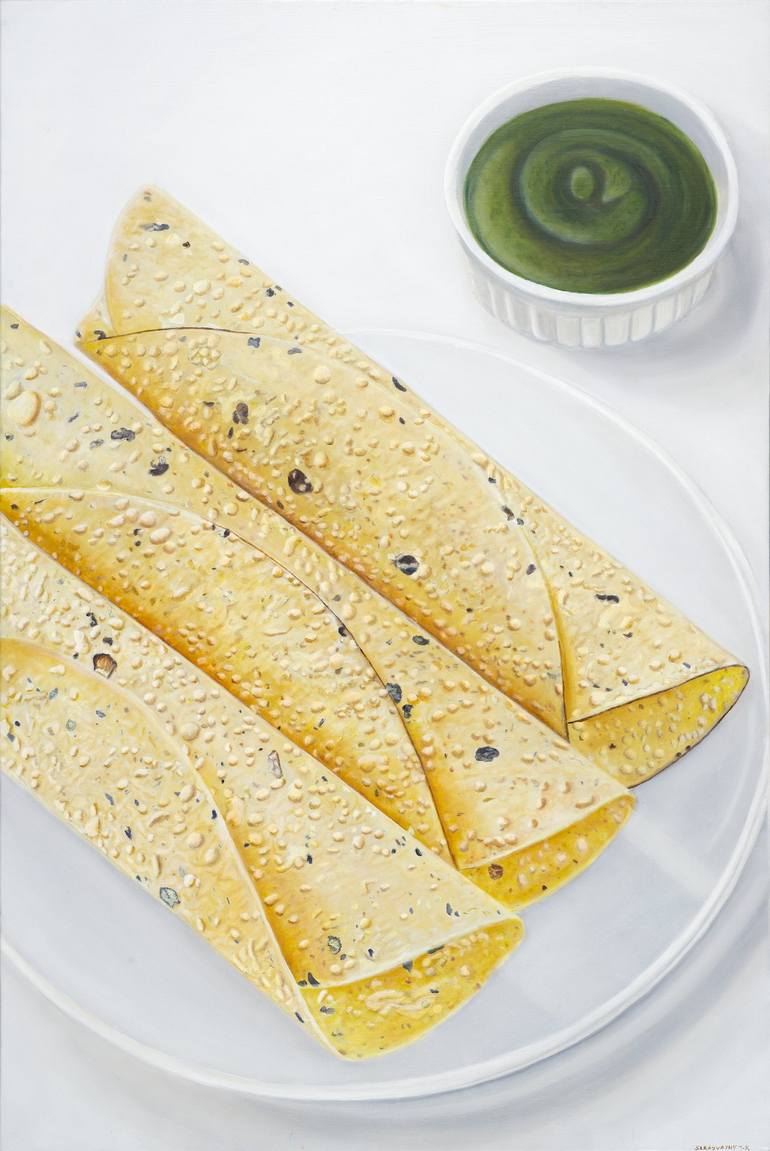
Papad painting by Artist TK Sarasvathy.
No Pain, No Gain, is her mantra. For example, her painting Papad has almost 1400 big circles and many smaller ones. “I have to make all these circles look like a puffed portion, it is very time consuming but it gives me immense pleasure for creating artworks intricately hand painted capturing every detail. More than anything, it’s the satisfaction of achievement and the peace in my mind during every stage of that painting that motivates me.” she adds.
To start her journey in hyper realism art world, Sarasvathy did not have any references or help, it was all self-learnt. An artwork showcasing real-life image on canvas is an overwhelming feeling of happiness for the person behind it and this is what moves Sarasvathy to pay homage to Indian food, no matter the difficulties.
She adds, “What we cook is an expression of who we are and where we come from. Food is one thing that we all have in common and it plays such a central role in every culture, globally. This is the background to my project to bring all famous Indian dishes and my small attempt retrieves culture back into the form that is alive.”
Art as the center
The artist recently collaborated with South Asian Woman’s Creative Collective (SAWCC) public programming that provided a deeper context into the foods of the Indian Subcontinent and with The Cumin Club first ever PR/media dinner in NYC for 25 food writers and editors. Her work brings Indian food to the global diaspora showcasing the rich wealth and heritage of the cuisine.
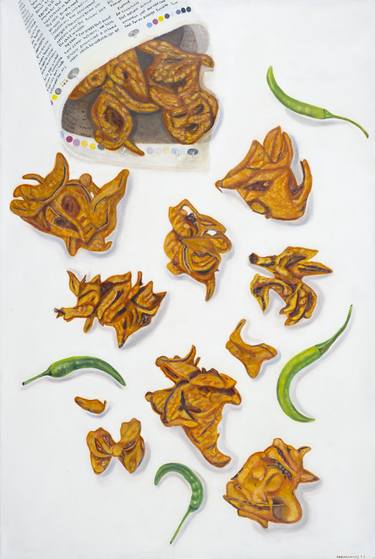
Since her work is time-consuming, how does she juggle it with her young family? By being organized and planning ahead, she laughs and shares, “I am blessed to have children (Revant aged 13 and Nipeksha, 7) and a spouse (Nagaraju Palivela, Senior Director – Credit Suisse Bank) who are extremely co-operative and understand my work and my aspirations with art. They are very supportive and lend a hand, sometimes to take care of things. I plan their classes and activities in advance and ensure my meetings and work are done before / after them.”
Currently she started working on a small series of artworks with spoon and fork while she plans on exploring other cuisines too. Creative, Unique and Surreal, the artist is a perfect example of pursuing passion with all of one’s energy. Showcasing real food through hyper real art, the Global Indian captures the mystery of Indian food through her mastery over medium.
- Follow TK Sarasvathy on Instagram



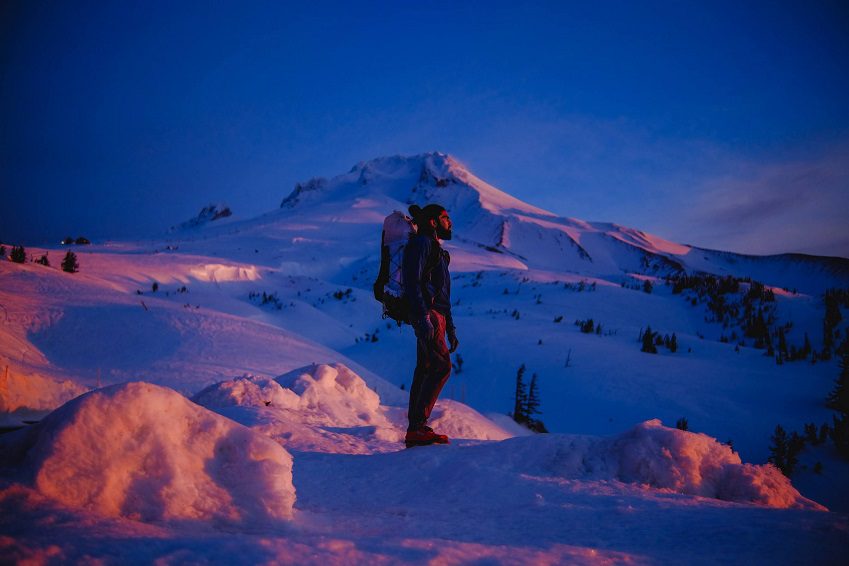
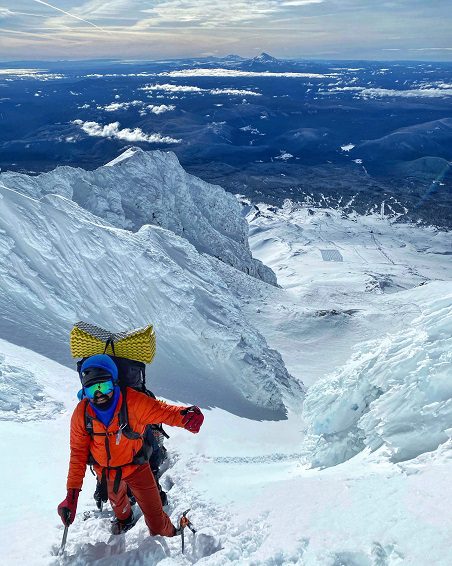

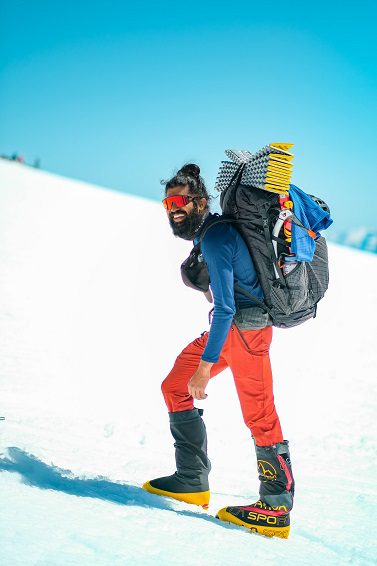
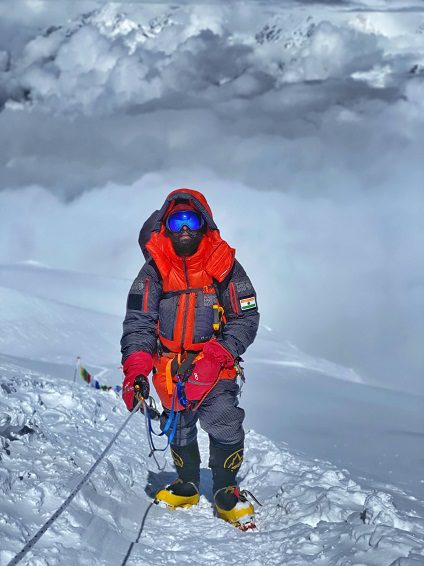


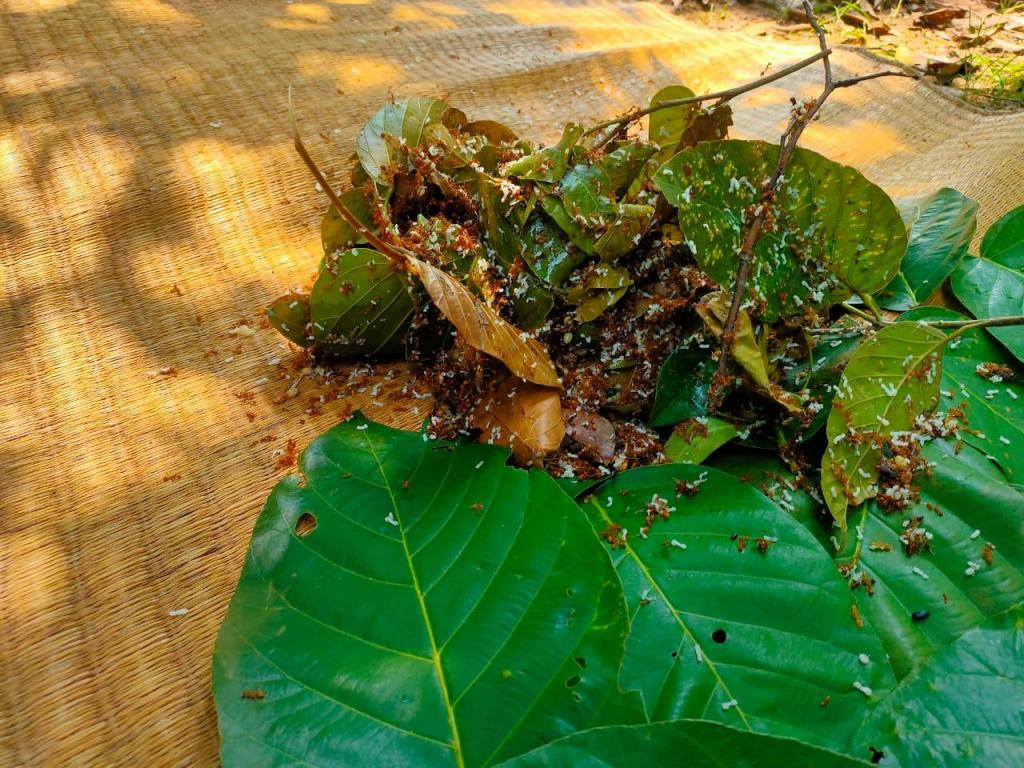
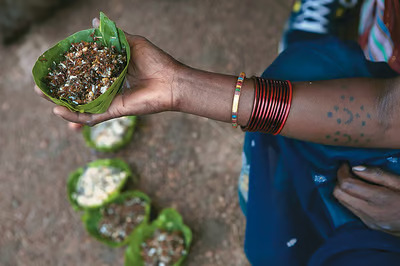

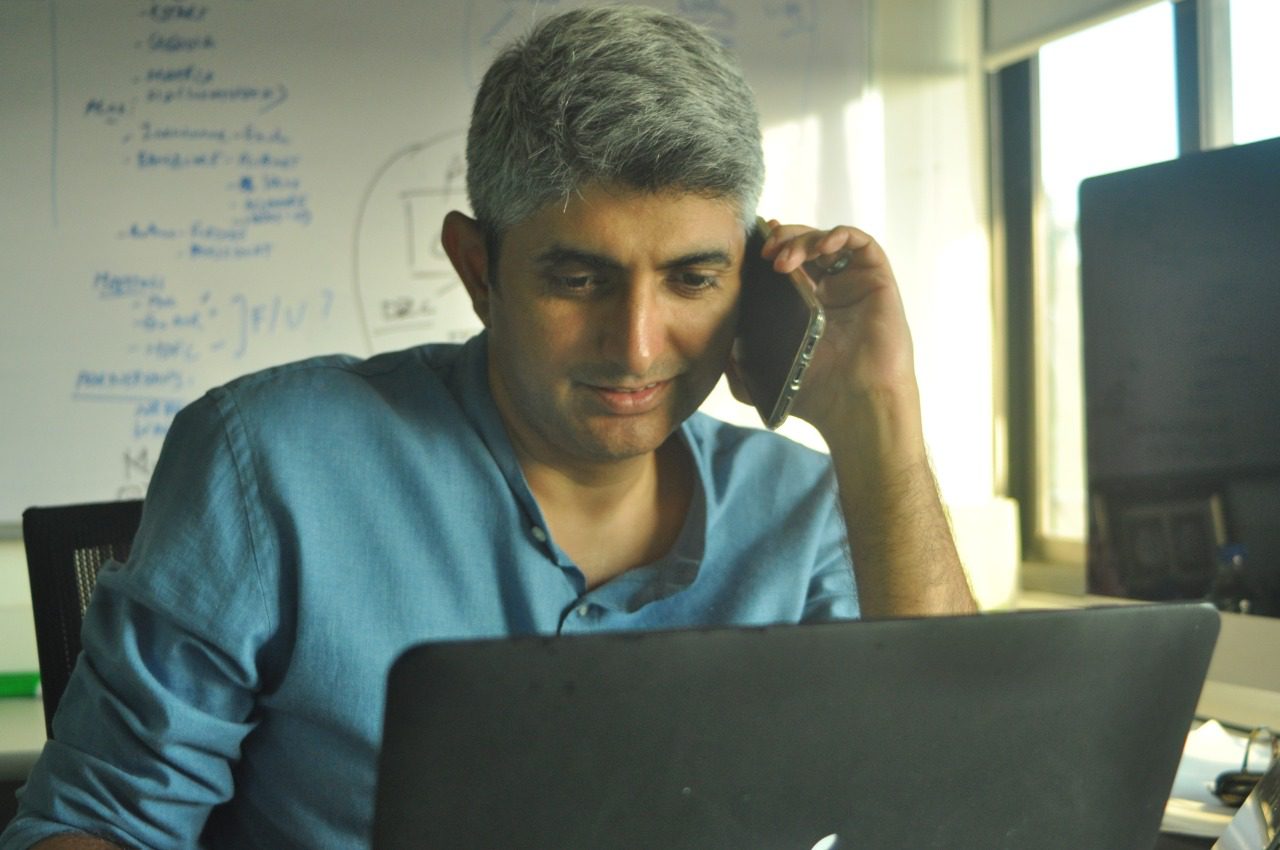 Dr. Amit Malik[/caption]
Dr. Amit Malik[/caption]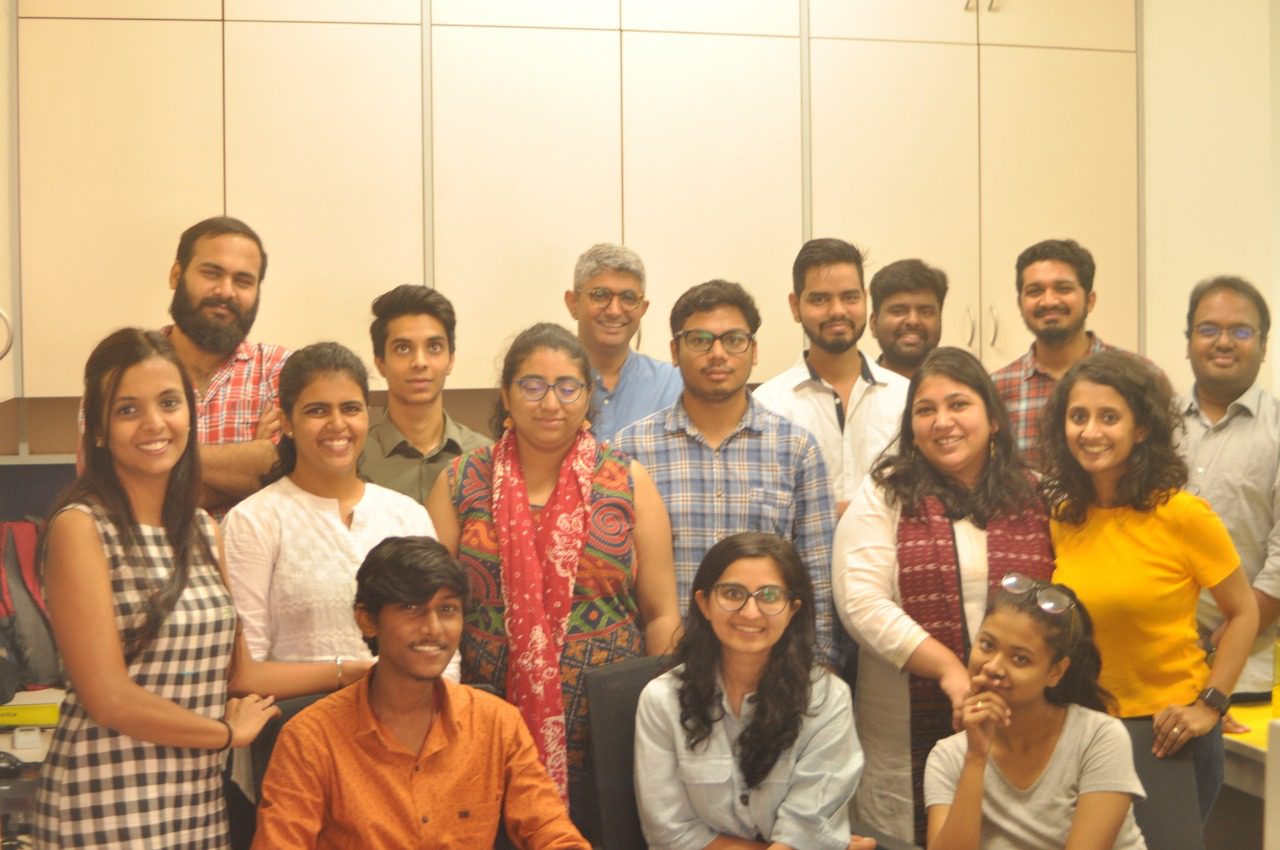 InnerHour Team[/caption]
InnerHour Team[/caption]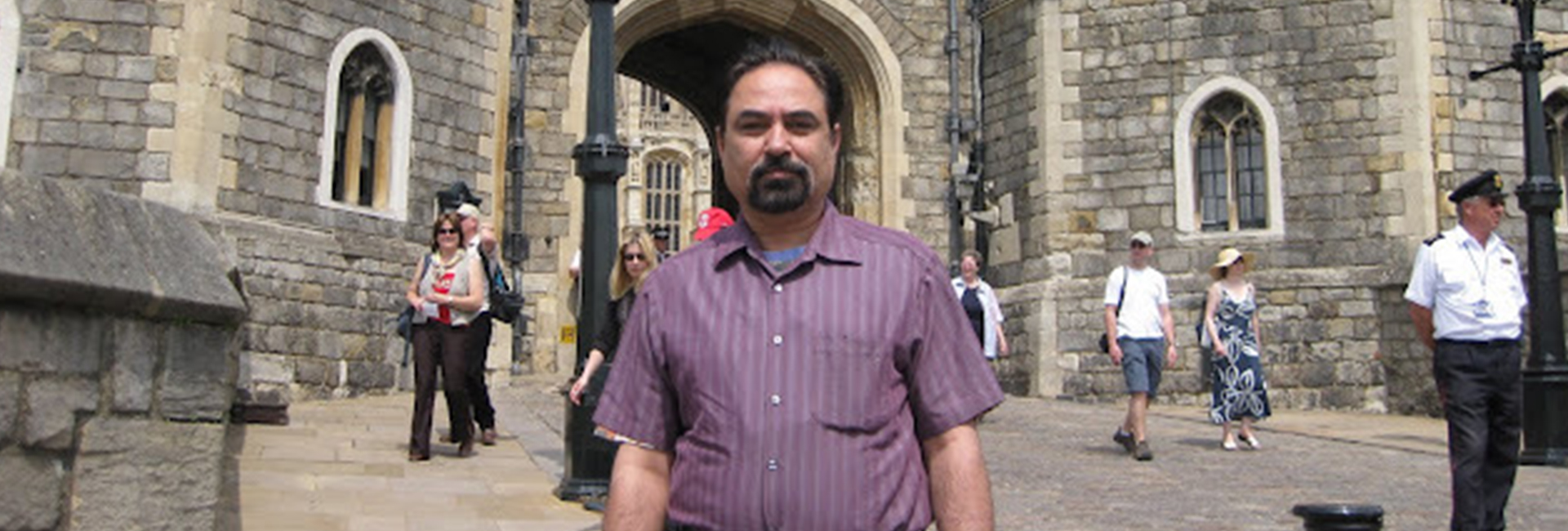
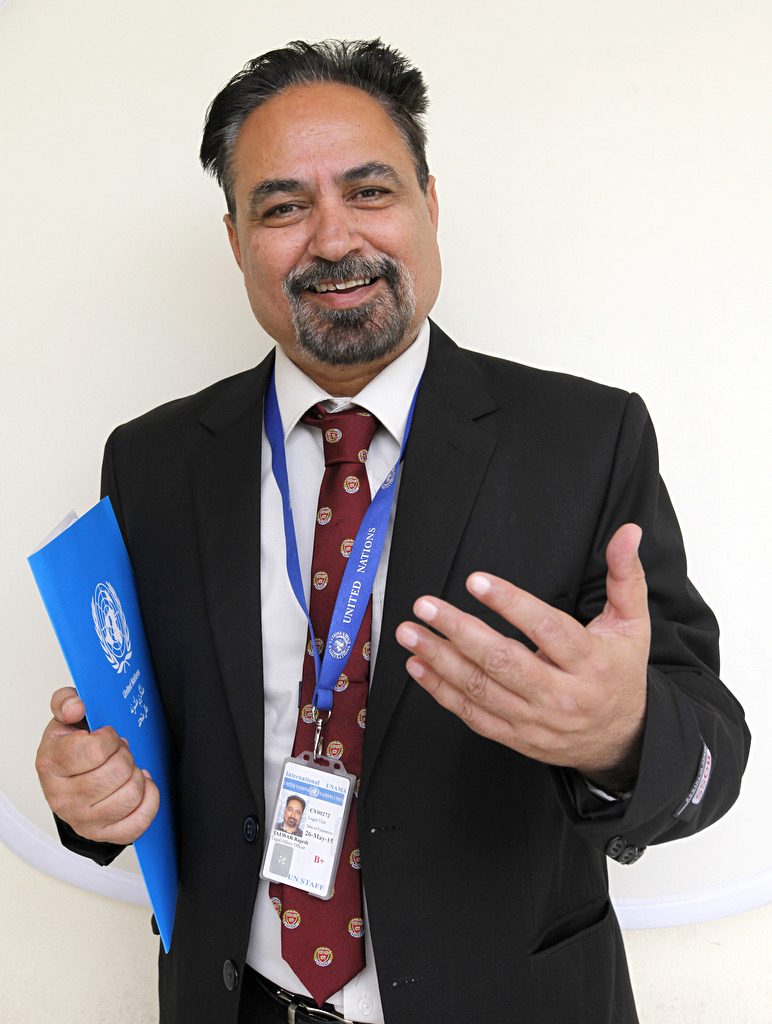
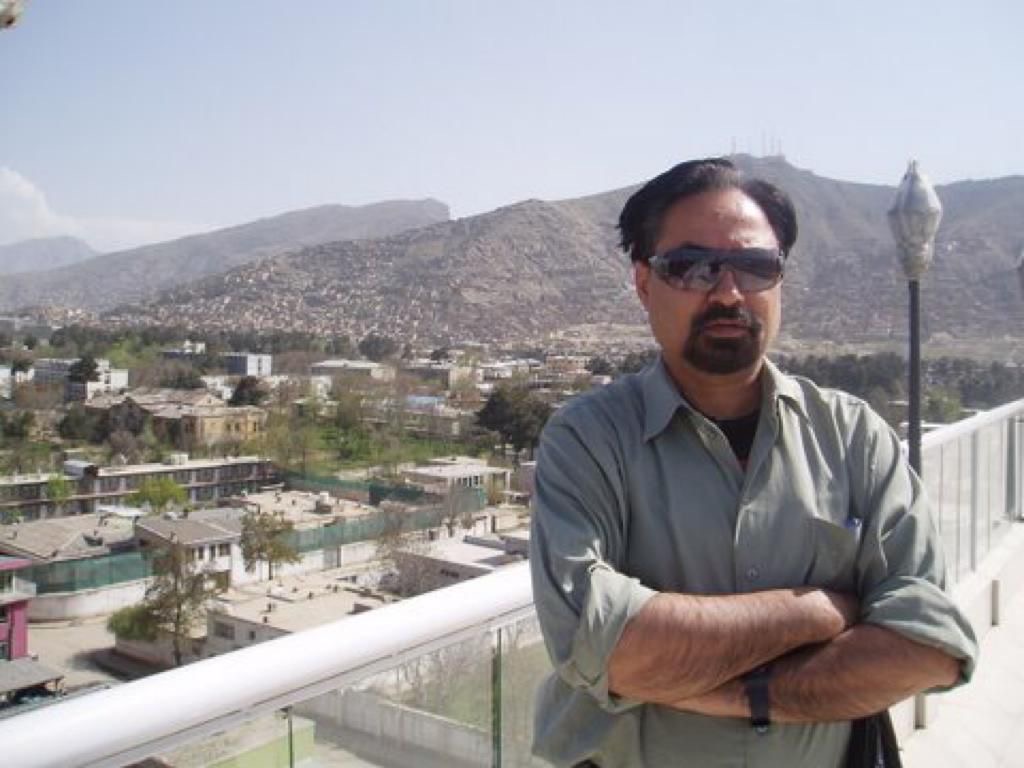
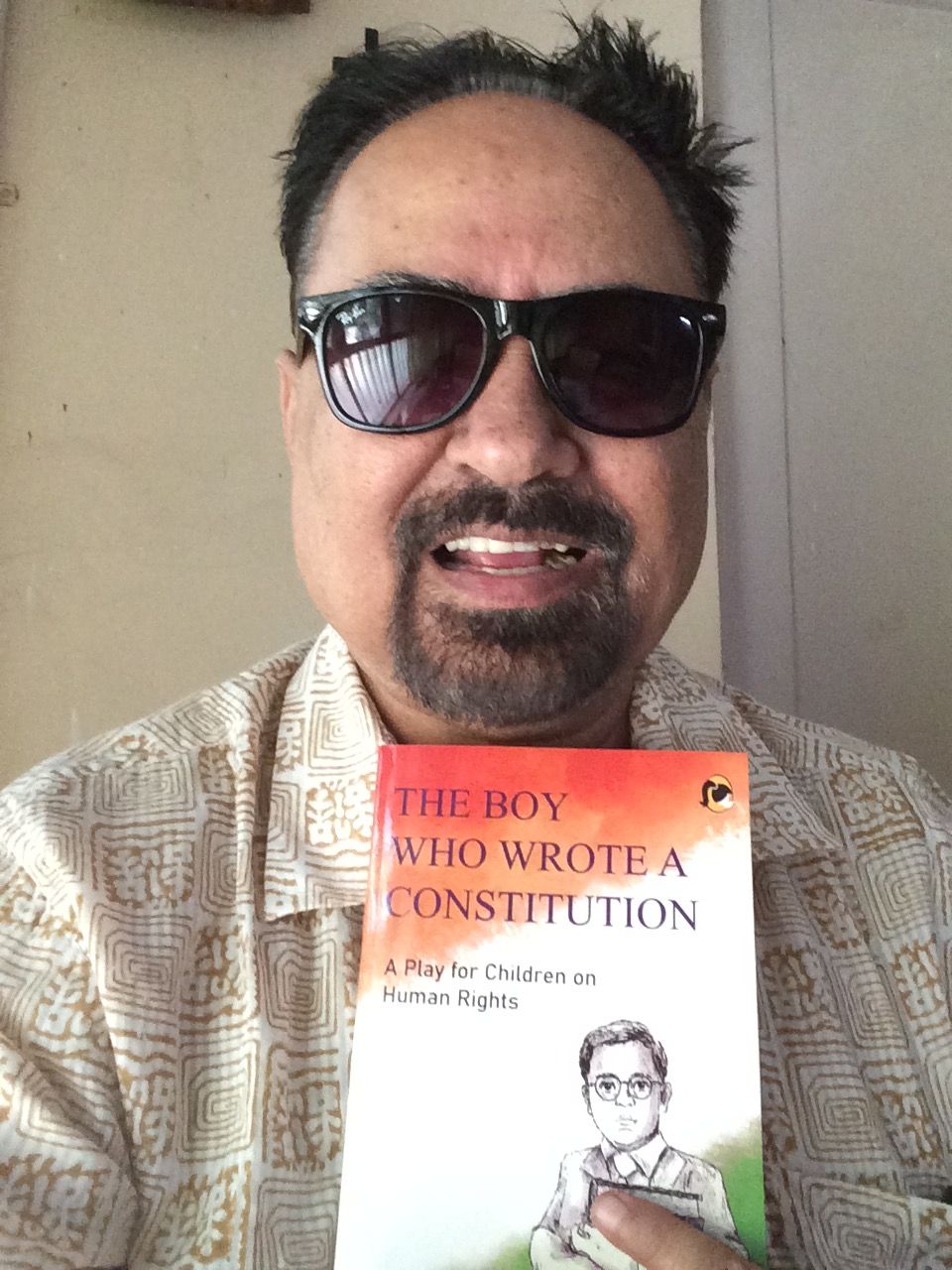

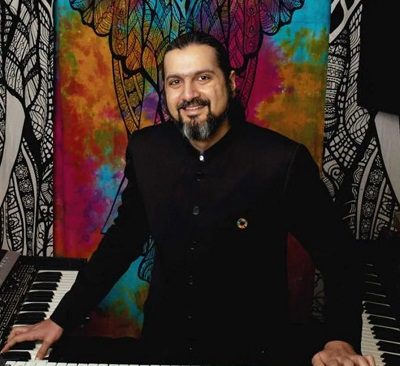 Grammy winner and 2022 nominee Ricky Kej shared a heartfelt anecdote on Instagram, adding to the many across borders about India’s Bharat Ratna, “Absolutely devastated. A true legend, the greatest ever. In February 2015, as I landed in the Bengaluru Airport after winning the Grammy Award, I got a call from a landline number. I picked up the phone and a young 16-year-old voice asked me in Hindi, ‘Is this Ricky Kej,’ I said yes, and asked who it was?. She said, ‘I am Lata.’ I replied, ‘Who Lata?’ I did not know any Lata! She repeated, ‘I am Lata, a singer,’” to which Ricky questioned again.
Grammy winner and 2022 nominee Ricky Kej shared a heartfelt anecdote on Instagram, adding to the many across borders about India’s Bharat Ratna, “Absolutely devastated. A true legend, the greatest ever. In February 2015, as I landed in the Bengaluru Airport after winning the Grammy Award, I got a call from a landline number. I picked up the phone and a young 16-year-old voice asked me in Hindi, ‘Is this Ricky Kej,’ I said yes, and asked who it was?. She said, ‘I am Lata.’ I replied, ‘Who Lata?’ I did not know any Lata! She repeated, ‘I am Lata, a singer,’” to which Ricky questioned again.
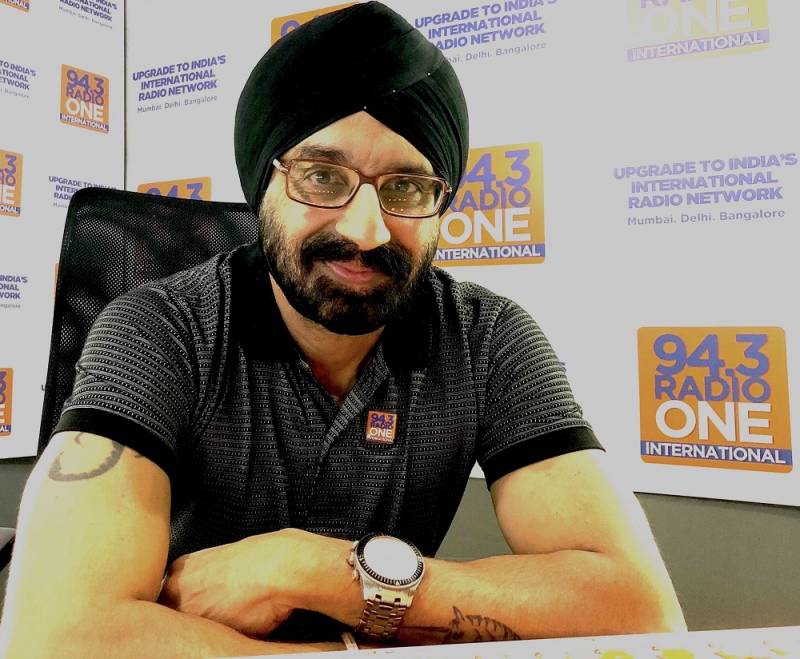 Lataji for breaking the glass ceiling globally, not only as a supremely gifted singer but also holding the Guinness world record for recording 50,000 songs in 14 languages! This had inspired me hugely! This year, I won my gold disc world record as the first artist in the world to hold nine number 1 singles on the European Indie Top 100 in 2021, I would like to dedicate this first baby step to her omnipresent greatness.”
Lataji for breaking the glass ceiling globally, not only as a supremely gifted singer but also holding the Guinness world record for recording 50,000 songs in 14 languages! This had inspired me hugely! This year, I won my gold disc world record as the first artist in the world to hold nine number 1 singles on the European Indie Top 100 in 2021, I would like to dedicate this first baby step to her omnipresent greatness.”